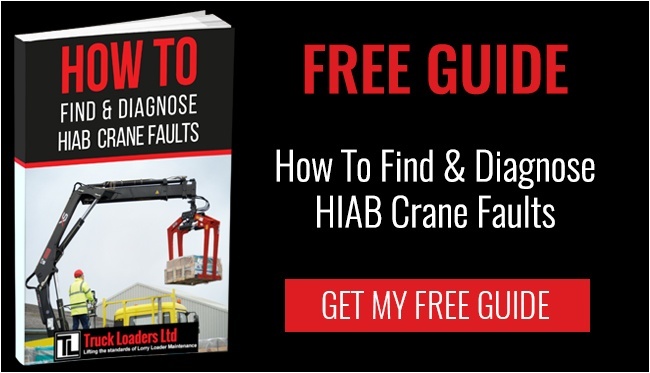
What Does LOLER Stand For? The Key Things You Must Know About LOLER Testing

What Does LOLER Stand For? LOLER stands for Lifting Operations Lifting Equipment Regulations. They came into force in December 1998 to make using lifting equipment safer at work. The range of applications is very wide, as you can imagine. Lifting using equipment takes place in nursing homes and on ships, construction sites and warehouses. The equipment used varies from hoists for helping to lift people through to the huge cranes you see on building sites and everything in between like forklifts and HIAB equipment on trucks.
Users of such equipment need to be aware of what LOLER means to them and what they must do to remain compliant. Breaching the regulations means not just breaking the law but presents very real risks of injury, hurt and damage. As with every aspect of the law, ignorance is not a permissible defence.
Who Does LOLER Apply To?
All employers and workers where lifting equipment is used are affected by LOLER. The employer of the person operating the equipment is responsible for the equipment itself. So it’s irrelevant whether you own it or have leased it and the onus may not rest with the legal owner of the equipment. That means that if you do lease or borrow any lifting equipment, the responsibility is yours to ensure it is compliant with the Health & Safety regulations of both LOLER and PUWER.
The Main Provisions
LOLER regulations address several aspects of using lifting equipment, not just the equipment itself although that is the central thrust. Some of the main requirements and areas addressed are:
- Lifting equipment must be strong enough to be safe to use and must be reliable and stable
- The safe working loads (SWL) of the equipment must be clearly marked
- The lifting equipment must be installed and positioned so as to minimise the risk of injury and damage
- Lifting tasks must be planned and performed by a competent person
- Lifting equipment must frequently be given a “thorough examination” and must by inspected at appropriate intervals by a competent inspector
Many of the words and terms used in the regulations have been chosen because they have a specific legal meaning. You can purchase the handbook or download a PDF for free from the Health & Safety Executive website.
What You Need To Do To Be Compliant
This brief article is in no way intended to be a substitute for getting acquainted with the regulations but only serves to provide a flavour of what they entail.
Most of all, you should be aware of LOLER and be familiar with the main points. You should know how often your HIAB equipment should undergo a thorough examination and what that entails. Additionally, equipment needs a regular inspection, a bit like the MOT for a car. Your operators too should understand their responsibilities.
- All equipment must be safe and suitable for purpose and any hazards involved with using it should be identified by the manufacturers and reduced to acceptable levels. That usually means it should conform to British Standards (BS) or other recognised international standards like ISO.
- All operators must be suitably trained. Employers must make the operating instructions available to operators and ensure they are competent through a mix of training, experience and technical knowledge.
- Equipment must be maintained in good and safe working order. Operators are encouraged to check that it is working correctly before each use. LOLER mandates when formal inspections should take place and the frequency depends on the type of equipment, usually every 6, 9 or 12 months.
- Record keeping is an essential part of demonstrating compliance. Employers are legally bound to record the history of formal inspections and retain those records for two years or until after the next formal inspection has been carried out.
In general, LOLER is pure common sense for safe usage of lifting equipment. The requirements are not onerous and can easily be incorporated into a regular routine by the entire workforce as well as management. Another set of regulations called PUWER overlaps a little with LOLER, and should also be investigated.
Get In Touch
Truck Loaders are qualified to carry out LOLER thorough examinations at the required statutory intervals to keep your fleet compliant with Health & safety regulations. Feel free to contact us and enquire how we can help or call today for an introductory chat on Freephone 0330 999 0003.


